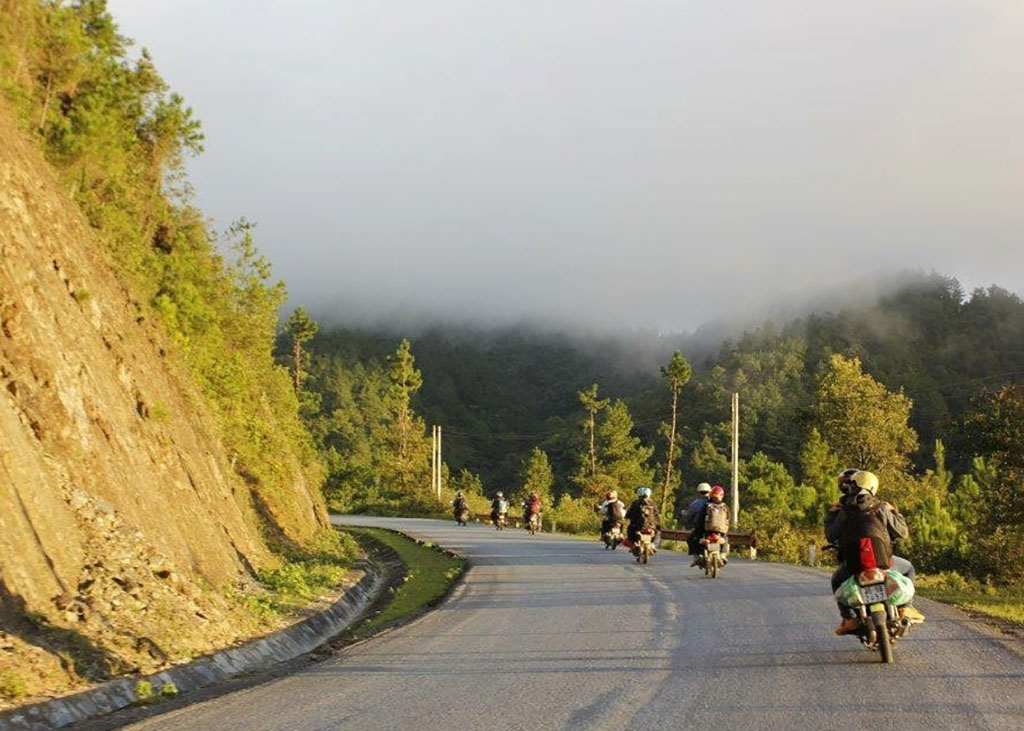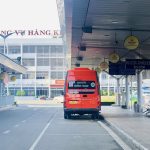Vietnam, a country known for its rich history, stunning landscapes, and vibrant culture, offers a variety of transportation options to suit the needs of international travelers. Navigating through Vietnam can be an adventure in itself, with each mode of transport offering a unique experience. Whether you’re planning to explore bustling cities, tranquil countryside, or coastal regions, understanding the available transportation options will help you travel efficiently and enjoyably. In this guide, we’ll delve into the different ways you can get around Vietnam, highlighting the advantages and disadvantages of each.
1. Motorbikes: The Quintessential Vietnamese Experience
Advantages
- Flexibility: Motorbikes are the preferred choice for many locals and offer unparalleled flexibility to explore both urban and rural areas.
- Affordability: Renting a motorbike is cost-effective, with daily rates ranging from $5 to $10 USD.
- Freedom: You can travel at your own pace and access remote areas that are not reachable by larger vehicles.
Disadvantages
- Safety: Traffic in Vietnam can be chaotic, and accidents involving motorbikes are not uncommon. Wearing a helmet and driving cautiously is essential.
- Weather Conditions: Riding a motorbike in the rain or extreme heat can be challenging and uncomfortable.
2. Taxis and Ride-Hailing Services
Advantages
- Convenience: Taxis and ride-hailing services like Grab are widely available in major cities and tourist areas, offering door-to-door service.
- Comfort: They provide a comfortable and air-conditioned environment, which is especially beneficial in hot weather.
Disadvantages
- Cost: Taxis can be more expensive than other forms of transportation, especially for long distances.
- Traffic: Like motorbikes, taxis are also subject to traffic congestion in busy cities.
3. Buses: Budget-Friendly Travel
Advantages
- Affordability: Buses are one of the most economical ways to travel, with low fares for both city and intercity routes.
- Extensive Network: Vietnam’s bus network is extensive, covering most cities and towns, making it possible to travel to remote areas.
Disadvantages
- Comfort: Buses can be crowded and less comfortable, especially for long journeys.
- Schedule: Buses may not always adhere to strict schedules, leading to potential delays.
4. Trains: Scenic and Comfortable Journeys
Advantages
- Scenic Views: Traveling by train offers the opportunity to enjoy Vietnam’s picturesque landscapes, especially along the Reunification Express route from Hanoi to Ho Chi Minh City.
- Comfort: Trains provide a more spacious and comfortable travel experience compared to buses, with options for sleeper cars on long routes.
Disadvantages
- Speed: Trains can be slower than buses or flights, making them less ideal for those on tight schedules.
- Availability: Train services may be less frequent in remote areas.
5. Domestic Flights: Fast and Efficient
Advantages
- Speed: Flying is the fastest way to cover long distances, such as traveling between Hanoi and Ho Chi Minh City.
- Convenience: Major cities have airports with frequent domestic flights, making air travel a convenient option.
Disadvantages
- Cost: Flights are generally more expensive than other forms of transportation.
- Environmental Impact: Air travel has a higher carbon footprint compared to other modes of transport.
6. Boats and Ferries: Exploring Coastal and River Regions
Advantages
- Unique Experience: Traveling by boat or ferry offers a unique perspective of Vietnam’s coastal and river regions.
- Access to Islands: Boats and ferries are essential for reaching Vietnam’s many islands, such as Phu Quoc and Cat Ba.
Disadvantages
- Weather Dependent: Boat travel can be affected by weather conditions, leading to potential delays or cancellations.
- Limited Routes: Boat and ferry routes are limited to certain areas, making them less versatile than other transportation options.
Tips for Travelers
- Plan Ahead: Research and plan your transportation options in advance, especially during peak travel seasons.
- Stay Safe: Always prioritize safety, whether you’re riding a motorbike or crossing the street.
- Be Flexible: Be prepared for potential delays and changes in your travel plans.
Vietnam offers a diverse range of transportation options to suit every traveler’s needs. By understanding the pros and cons of each mode of transport, you can make informed decisions and enjoy a smooth and memorable journey through this beautiful country.




